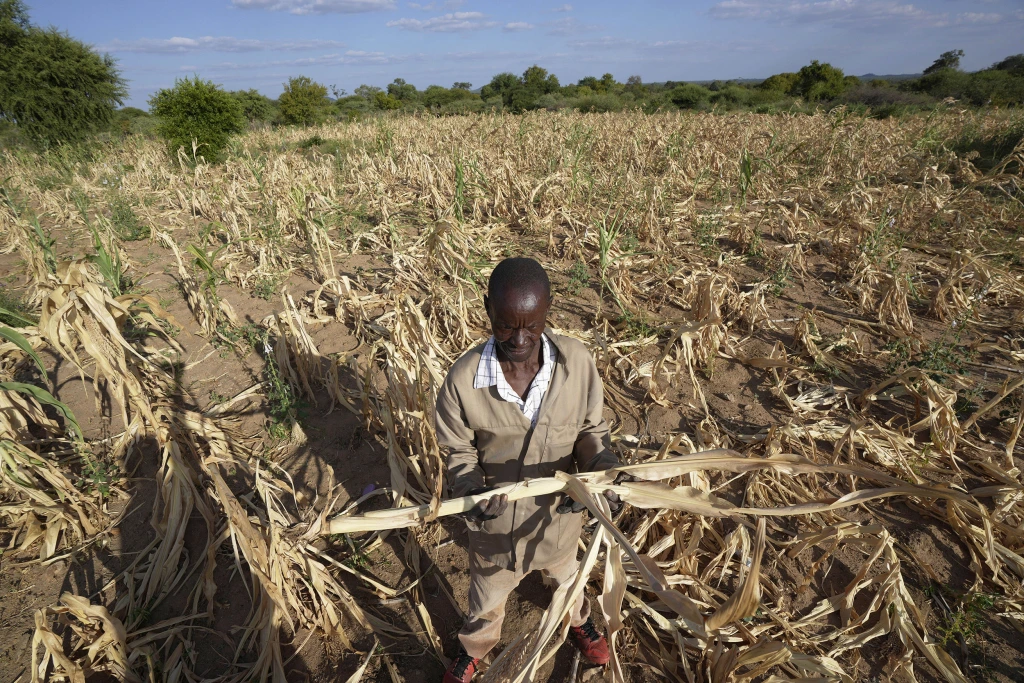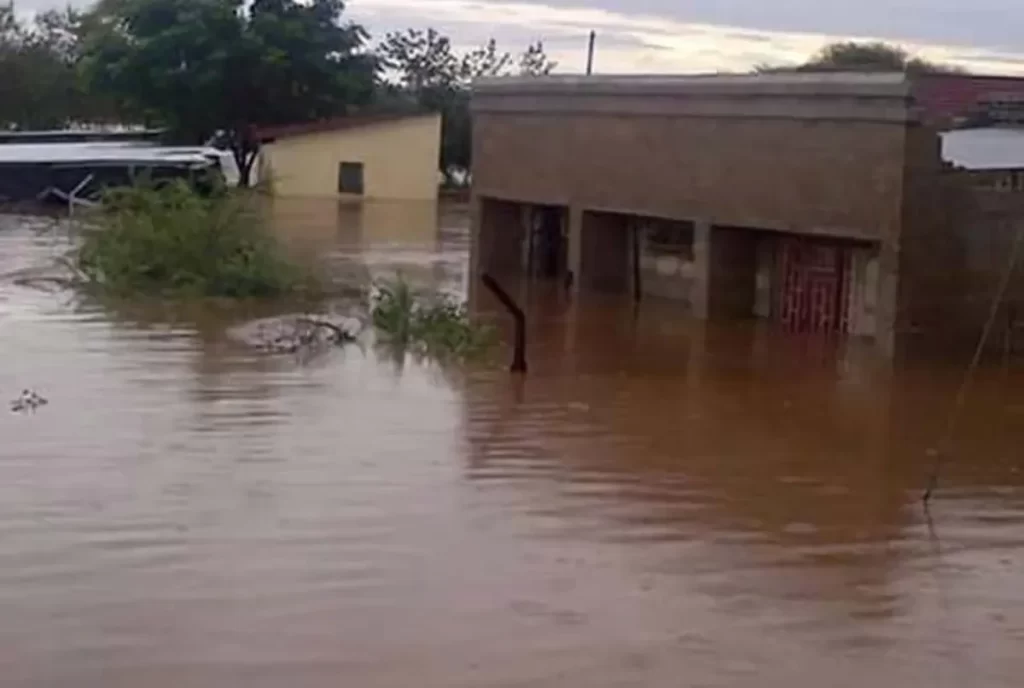Introduction
Zimbabwe is currently feeling the impact of the El Niño season which affected the 2023/24 summer cropping harvests. The governments of Zimbabwe along with Zambia, and Malawi have all declared national disasters due to El Niño-linked droughts. Zimbabwean President Emmerson Mnangagwa said the country would need $2 billion to feed the 2.7 million people who would go hungry this year.
The El Nino season started in mid 2023 and is ending.
The El Nino is usually, but not always, followed by the La Nina season. This last El Nino followed an ‘unusually long La Nina which lasted for 3 years’.
Another La Nina is expected this year with the World Meteorological Organisation forecasting that the chance of La Niña conditions will increase to 60% during July-September and 70% during August-November.
What are El Nino and La Nina?
El Nino and La Nina are climate phenomena associated with variations in sea surface temperatures (SSTs) in the tropical Pacific Ocean.
Let’s delve into the details:
El Nino’s name originated in the early 1600s when South American fishermen first noticed periods of unusually warm water in the Pacific Ocean. The word itself means little boy in Spanish.
Definition: El Nino refers to a warming phase within the El Nino-Southern Oscillation (ENSO) cycle. During El Nino, warmer SSTs lead to changes in atmospheric circulation worldwide. El Nino is not a consequence of man-made climate change, it is a natural phenomenon occurring over several hundred years, although some research suggests that it is being exacerbated by global warming.

Effects: Drought and Heatwaves – El Nino causes drought conditions, heatwaves, and reduced rainfall:
- Heavy rainfall in western South America
- Drought and dryness in Australia and Southeast Asia
- Dryness and drought in the Sahel region
- Heavy rainfall in East Africa
- Drought in Southern Africa
- Drought in the Indian subcontinent
- Heavy rains in Central Asia
- Heavy rains in East Asia
- Heavy rainfall in southern North America
- Drought in northern South America and Central America
- Higher average temperatures in many regions
The weather phenomena do not all occur simultaneously, but at different times during an El Niño event.
Agricultural impact: El Nino has a negative effect on rain-fed agriculture, affecting food crops. When drought or heavy rainfall leads to crop failures, food prices rise on the world market – with severe consequences even for regions not directly affected by the weather phenomena. The El Niño event of 2015/2016 severely affected more than 60 million people worldwide with droughts and heavy rainfall. Several African countries declared a national state of emergency. In Southern Africa, food for more than 40 million people was at risk. Ethiopia experienced its worst drought in 30 years – 10 million people were dependent on food aid. In Haiti, drought cut crop yields in half. Not only did food supply become a problem, but persistent moisture also led to unusually high incidences of diseases, such as cholera and dengue fever, in various regions.
Water Supply: Reduced water availability for domestic, industrial, and animal use.
Southern Africa Impact: Vulnerable communities suffer due to crop failure and livestock deaths.
La Nina: La Nina is the opposite phase of El Nino characterised by cooler SSTs across the Pacific Ocean. La Nina means little girl in Spanish.
Impact: Increased Rainfall – La Nina brings above-average rainfall to some regions such as Southern Africa.
Floods: Excessive rainfall can lead to floods in some regions such as Asia and parts of Southern Africa.

Agriculture: Favourable conditions for crop growth.
Historical impact of El Nino in Zimbabwe
Zimbabwe has had 4 notable El Nino events since Independence. 1982-83, 1991-92, 2009-10, 2015-16 and it is currently experiencing an El Nino in the 2023-24 season.
In February 2016, Zimbabwe faced a severe drought triggered by El Nino. Former President Robert Mugabe declared a state of disaster affecting 2.44 million people.
Recorded Impact
- 75% of Zimbabwe received below-normal rainfall.
- Severe livestock deaths (16000 recorded)
- Crop failure and reduced yields
- Increased household food security due to income loss
- Waterborne disease outbreaks from insecure water sources.
Preparedness and Mitigation
Early warning systems and climate-smart agriculture practices are crucial.
Diversifying water sources, improving irrigation, and promoting resilient crops can help mitigate impacts.
Remember that El Nino and La Nina events occur irregularly but have significant consequences for global weather patterns. In Southern Africa, these phenomena continue to shape humanitarian needs and require proactive measures to minimize their impact.
Conclusion
As the El Nino comes to an end, it leaves a lot of Zimbabweans food insecure and billions of dollars needed in food aid. While the forecasted La Nina is expected to bring lower temperatures and above normal rainfall, Zimbabweans, especially those in low lying areas, will need to be wary of flooding.











